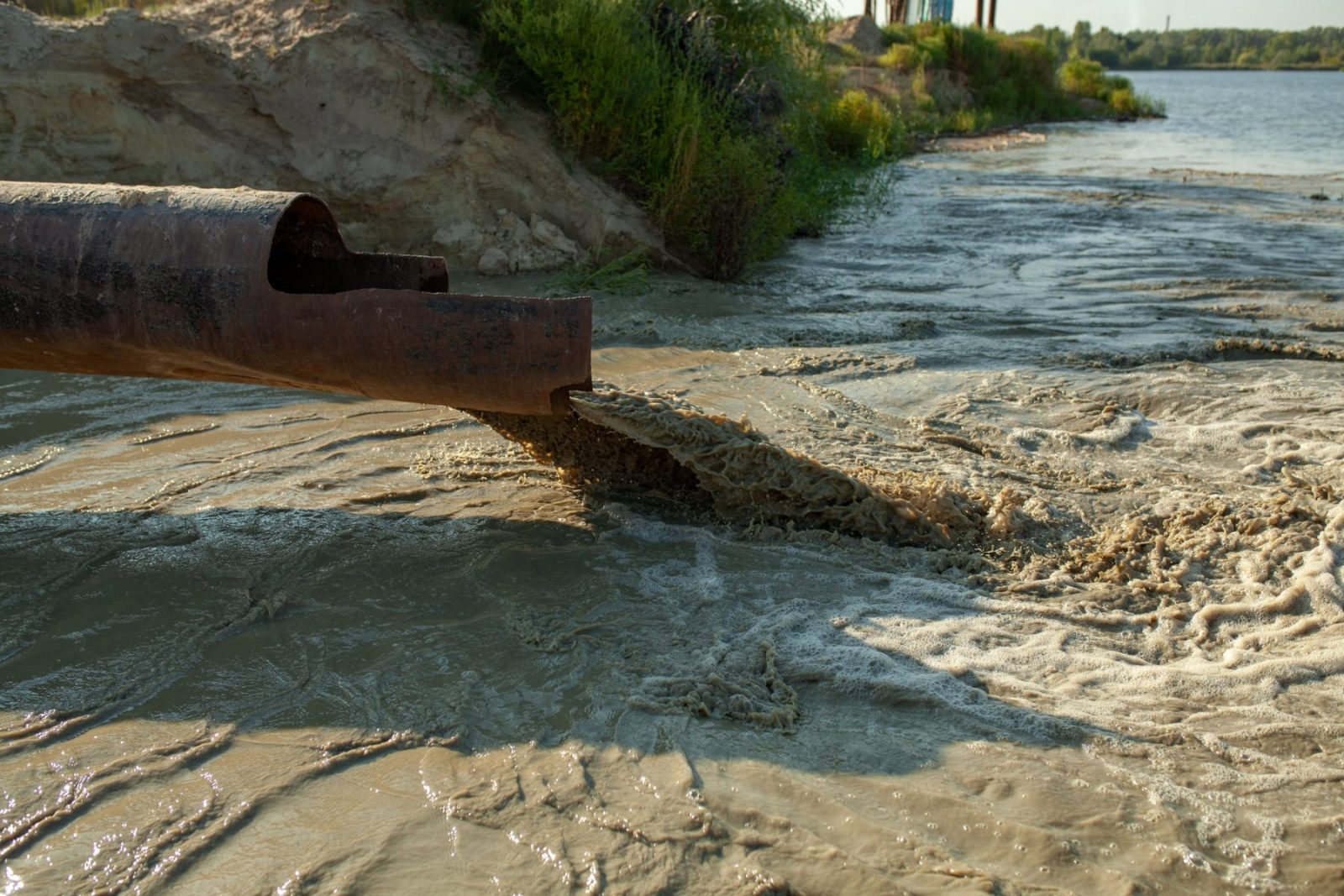In a recent memo to EPA Regional Offices, the head of EPA’s Enforcement Office, Susan Bodine, directs the agency’s regional offices to work closely with states to reduce the number of significant noncompliance across the U.S. involving sources permitted under the federal Clean Water Act. The text of the memo begins,
The purpose of this memorandum is to communicate expectations of the Office of Enforcement and Compliance Assurance (OECA) for Regional implementation of the newly announced “Reducing Significant Noncompliance with National Pollutant Discharge Elimination System Permits” National Compliance Initiative (NCI). 1 This NCI implements the EPA· s 2018-2022 Strategic Plan and the associated Strategic Measure and Priority Goal to increase compliance. In particular, the goal of this NCI is to reduce the National Pollutant Discharge Elimination System (NPDES) significant noncompliance (SNC) baseline rate by 50% by the end of FY 2022, while assuring that the worst SNC violators are timely and appropriately addressed. Given that facilities in SNC are found across the country, we can only achieve this goal if each EPA Region fully participates in this NCI. To develop this NCI, OECA and Region 4 formed a SNC workgroup, including several subworkgroups, that included members from all the Regions and numerous states. The role of the workgroup and the sub-workgroups is to coordinate the overall initiative and to identify, compile, and share with the Regions and states best practices for reducing the SNC rate and for remedying specific SNC violations.
The structure for this initiative was initially communicated to Regions and states through a June 2018 OECA NPDES SNC Fact Sheet that described how regions and states would work collaboratively together on this NCI. This memorandum expands upon that Fact Sheet based on numerous discussions with regions and states, including input from the Regional Enforcement and Compliance Assurance Division Directors. the Regional Water Branch Chiefs and the state Association of Clean Water Agencies.




